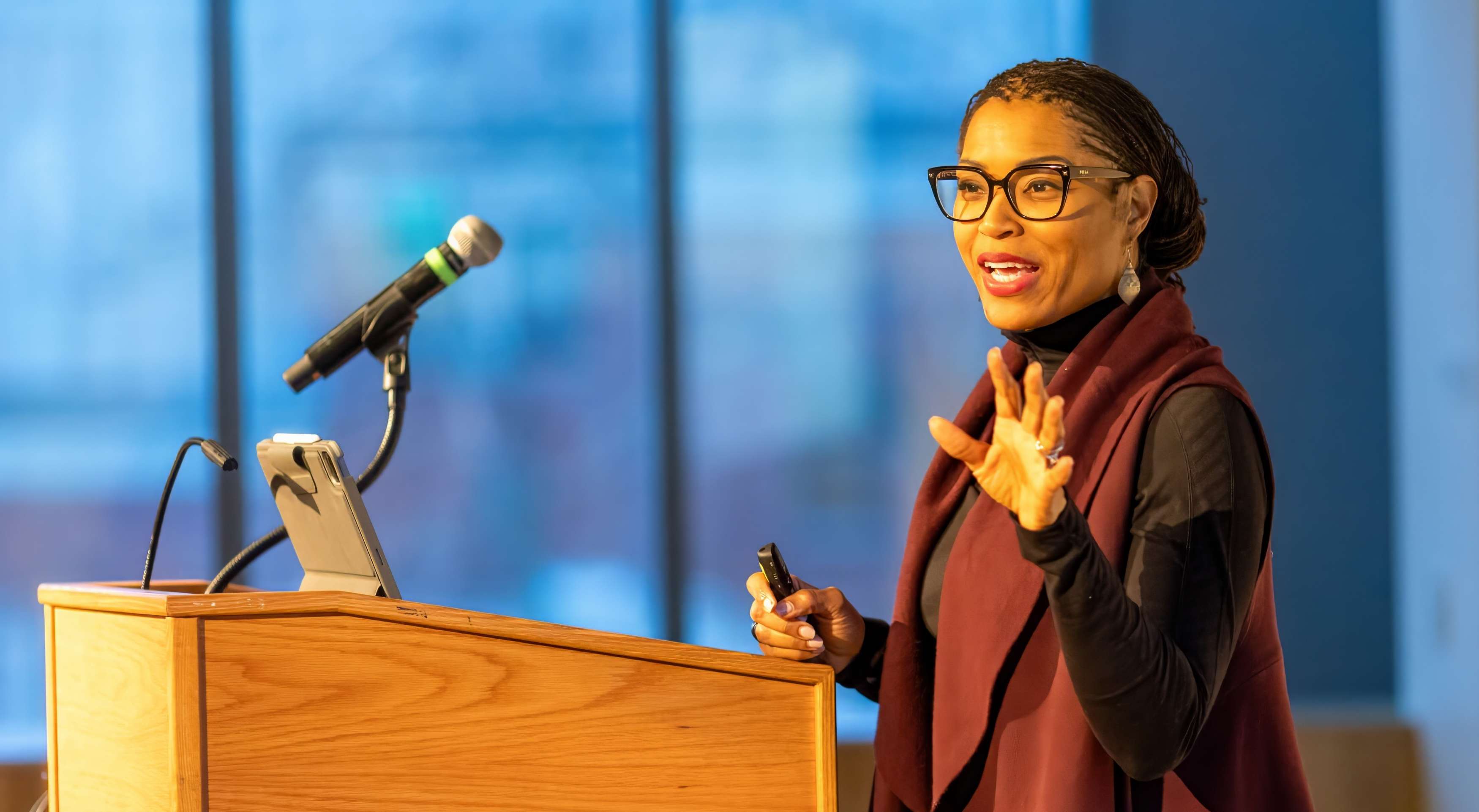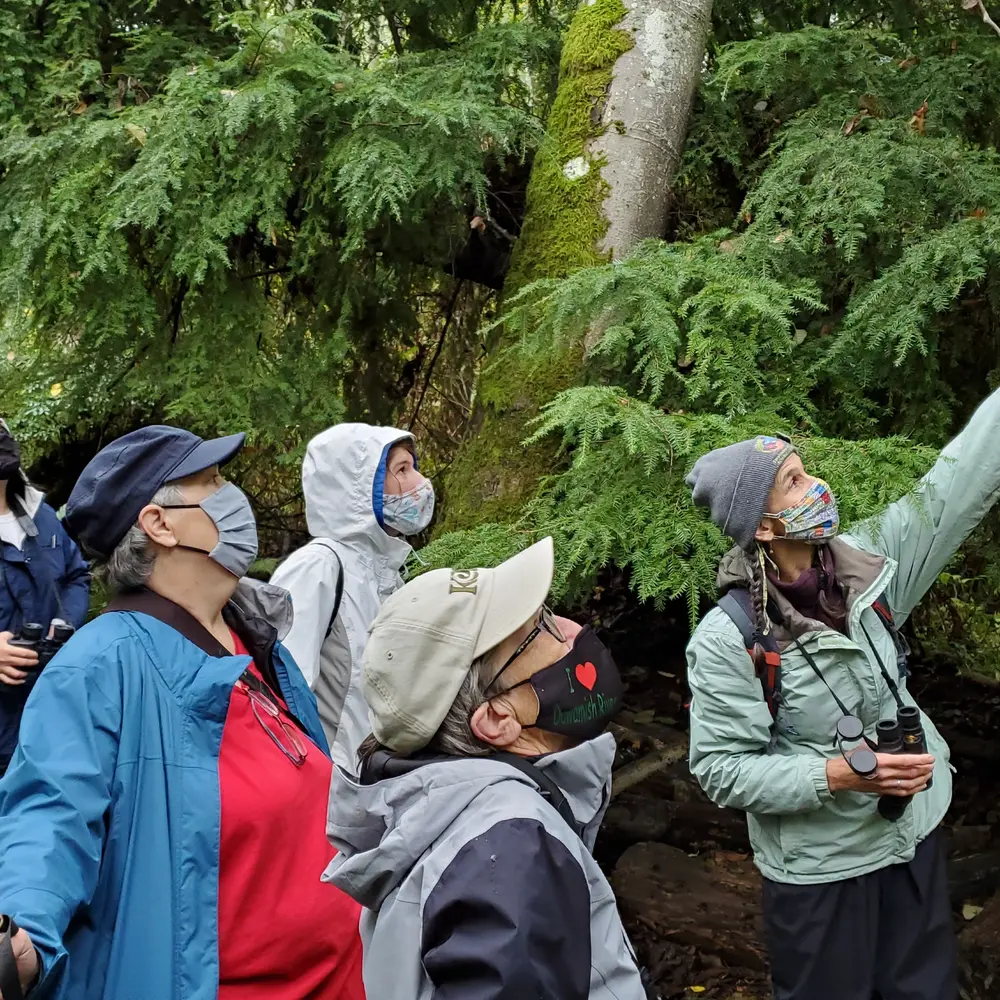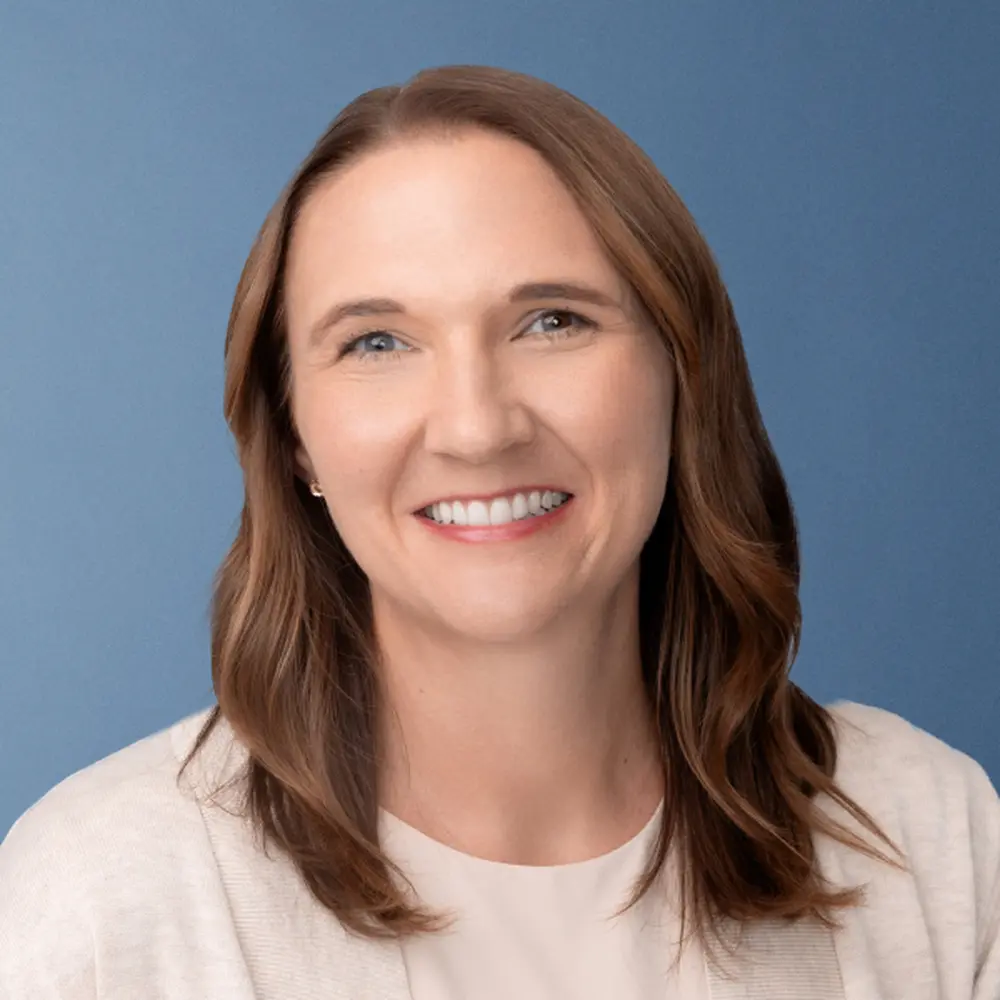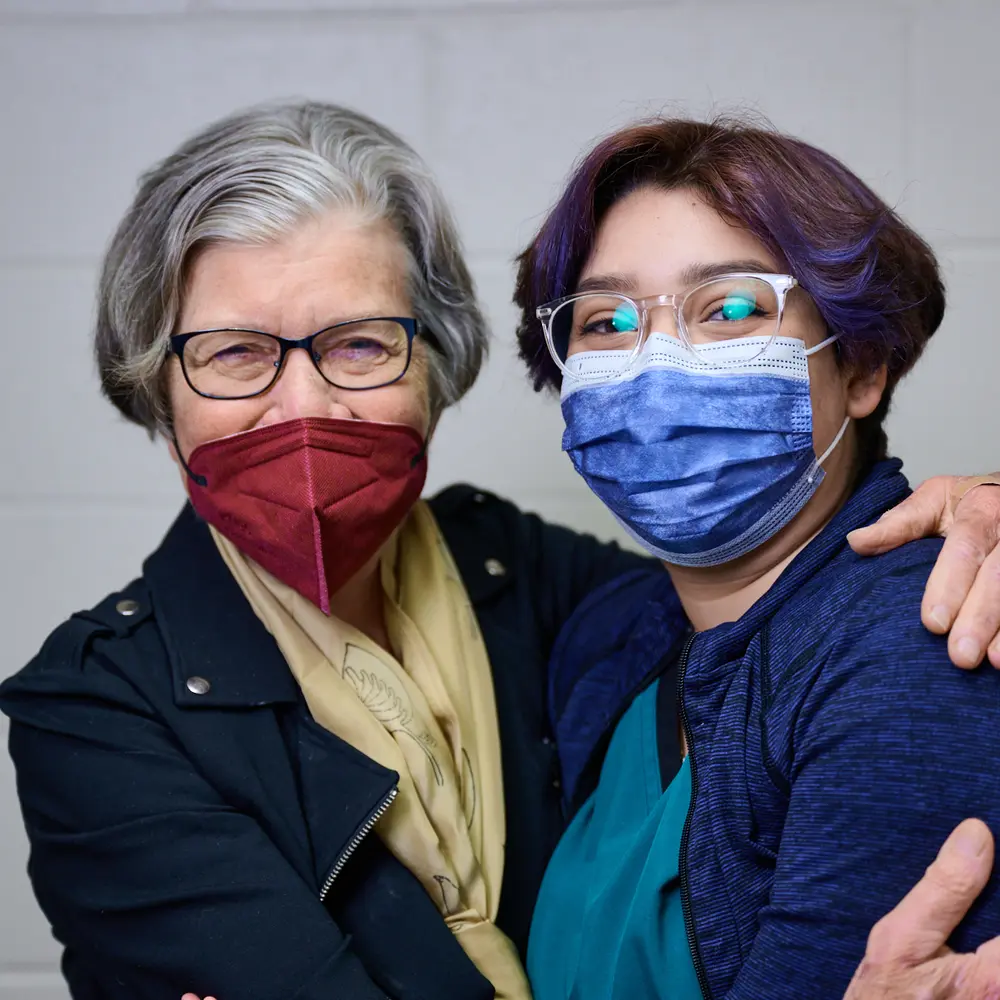
In February, I was honored to be a guest speaker at the University of Oregon’s African American Workshop and Lecture Series. Gathered in front of me that evening were faculty and institutional leaders who bravely showed up for a talk I titled “The Robots Are Coming!” No, it was not sci-fi story time. It was an honest assessment of where we are in our technological landscape. It was a look at how industry leaders can pave a positive path forward amidst the sometimes-overwhelming talk of AI and ethics, the future of work and learning, and whether anybody anywhere knows where this is all going.
To be clear, I do not know where this is all going either. But my experience in tech, nonprofit, for-profit, and philanthropic leadership has taught me a few things on this topic that I share in hopes that it will be helpful to others navigating this same landscape.
One is that there is an incredible opportunity for new kinds of creativity and innovation when we let technology free us up to do new things. This does not mean we should uncritically accept every innovation we are offered. It does mean that when we have opportunities for time-consuming tasks to be handed over to a trusted automated system, we are given time to do the things that require a more human touch.
I can think of no better example of this than our team’s recent adoption of a new grants management system and streamlined application process. These new automations and integrations are intended to significantly reduce the time that nonprofit staff spend combing through numbers and inputting data into spreadsheets, freeing them to do more of the mission-driven work of their nonprofit. We are experiencing and anticipate further reductions in our manual processing time, which has enabled some of our staff to move into roles on our sector teams. The robots did not steal their jobs – they increased time for the jobs that only a human could do! We know countless nonprofits for whom adopting technology systems has allowed them to have a similar experience. Fundamentally, we believe this will enable us to engage with, listen to, and learn more from our community partners about the opportunities and challenges facing our region. Our conviction is that this can lead to better partnership in our communities and better service to our region and beyond.
Another principle I have learned is that the development of technical vision alongside the embrace of technical innovation accelerates impact in our work. They are a dynamic duo. Technical vision is not just the work of programmers and engineers. It is the work of policymakers, instructors, and organizational leaders. It is the work of employees and founders alike. Developing technical vision will help us build a framework and language so we can better discern the positive potential from the negative potential of different innovations we are offered. This fosters a growth mindset that equips us to discover together how to best use technology to free greater human potential and support human flourishing.
Developing technical vision now will set us up for greater success in the future. Today’s youth are growing up as digital natives. Embracing proven leading-edge technology and systems now will set our organizations up to receive and maximize the potential of tomorrow’s workforce. Technology will always evolve over time, but just as regularly putting oil in your car gives it a longer life, adopting proven technological innovations as they emerge can yield long-term sustainability for organizations and the solutions they can offer our communities.
Ultimately, what I have learned is that when it comes to emerging technology, artificial intelligence, and the future of work and learning, we can – in fact, we must – be both cautious and hopeful. We must assess where new offerings can enable us to partner with communities in stronger and more sustainable ways. And yet we must be able to acknowledge when they are taking over opportunities for human creativity and innovation. To do either of these things, we must begin simply by engaging and leaning in alongside learning and asking questions. Trying a few things, likely failing sometimes, but eventually finding stable ground and a positive path forward together.
Our founder, Jack Murdock, embraced innovation and believed in the power of technology when put to good use. When we consider how Jack’s values might be lived out today, I believe that a hopeful, yet measured, approach to adopting today’s innovations would be top of mind for him. I know that he would be encouraged by our nonprofit partners and by all those in our region who are engaging with this technological moment in time with care, wisdom, hope, and collaboration.
Thank you for leaning in together for the sake of stronger communities!
-Romanita Hairston, CEO







